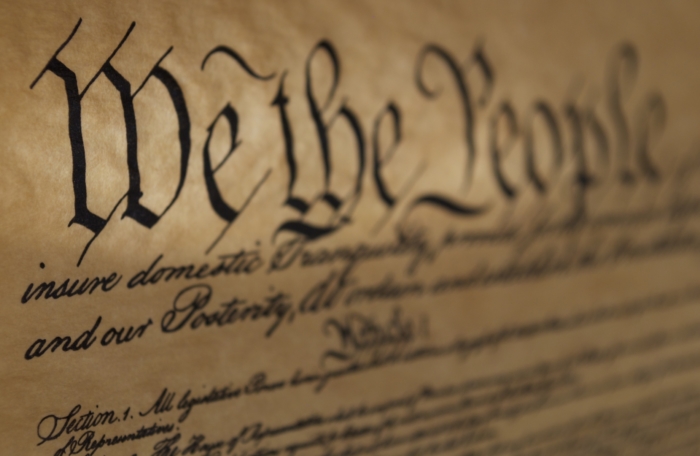Gov. Chris Sununu has proposed tapping $60 million of the state budget surplus to give $100 rebates to electricity ratepayers. The plan requires approval by the Legislature and could come up for a vote this Thursday when legislators return to take up bills vetoed by the governor.
In the spring, a gas tax holiday was floated by both Republicans and Democrats. At the time, we wrote that a gas tax holiday was just a holiday from reality. A state-funded rebate on customer electricity bills is reminiscent of a gas tax holiday. Both offer a small dose of relief for individuals without addressing the underlying cause of rising prices, and both come with substantial opportunity costs.
The opportunity cost is best seen in context of the state surplus from which the spending would be drawn.
Legislators have already spent 60% of the state’s record $430.1 million budget surplus.
A change in the way businesses apportion net operating losses, also passed this year, could consume another $42 million of the surplus.
With $261.7 million of the state budget surplus spent, the proposed $60 million in electricity rebates would bring the total to $321.7 million. That would represent 75% of the total surplus.
If the $42 million from the apportionment change is included, the sum rises to $363.7 million, or 85%.
So, after boasting that their frugality left the state with a record budget surplus, Republicans would have to explain to voters how they spent 75%-85% of that surplus in nine months.
By any measure, that would be an impressive spending spree.
If legislators simply want to transfer a portion of the state surplus to consumers, electric utility rebates represent one way to do that. We’re certainly not against returning money to the private sector.
However, the state does have obligations, and surplus revenue can be used in a way that returns money to taxpayers in the long run while simultaneously reducing the cost of state government.
As we pointed out in May, the state’s unfunded pension obligations cost taxpayers money. Using the surplus to pay down those obligations reduces state debt service, saves taxpayers money, lowers the overall cost of government, and reduces a debt owed by taxpayers.
That’s not as politically attractive as a utility bill rebate. But it would achieve several conservative goals while leaving the state in a better financial position.










